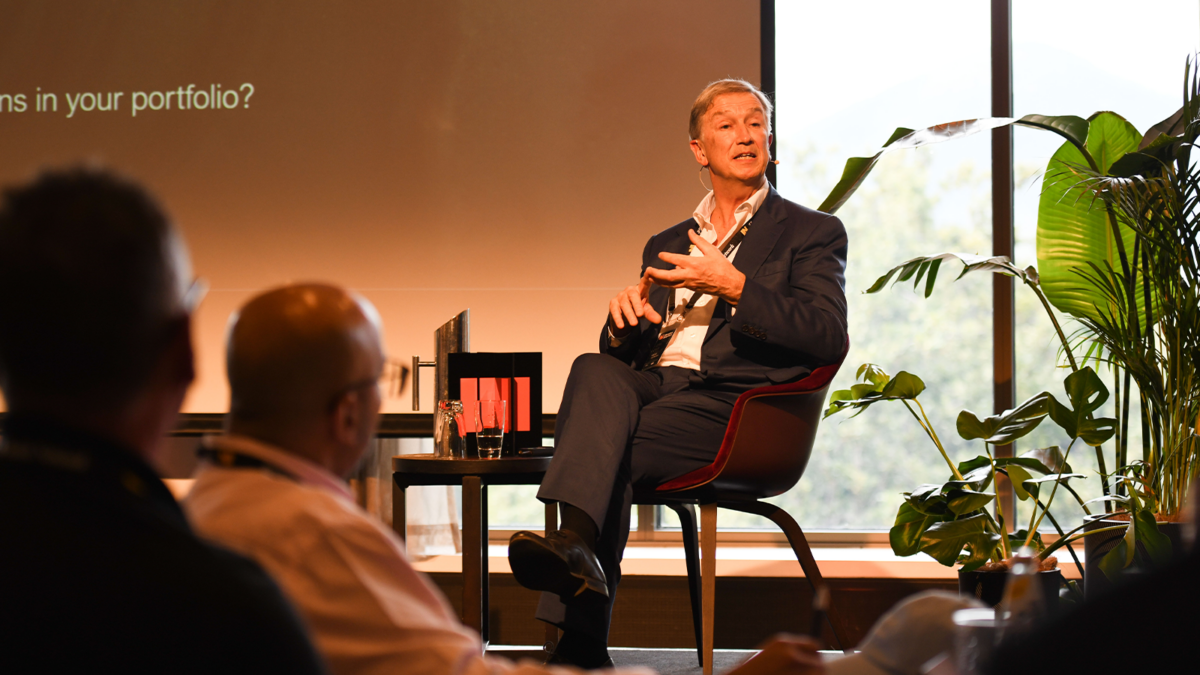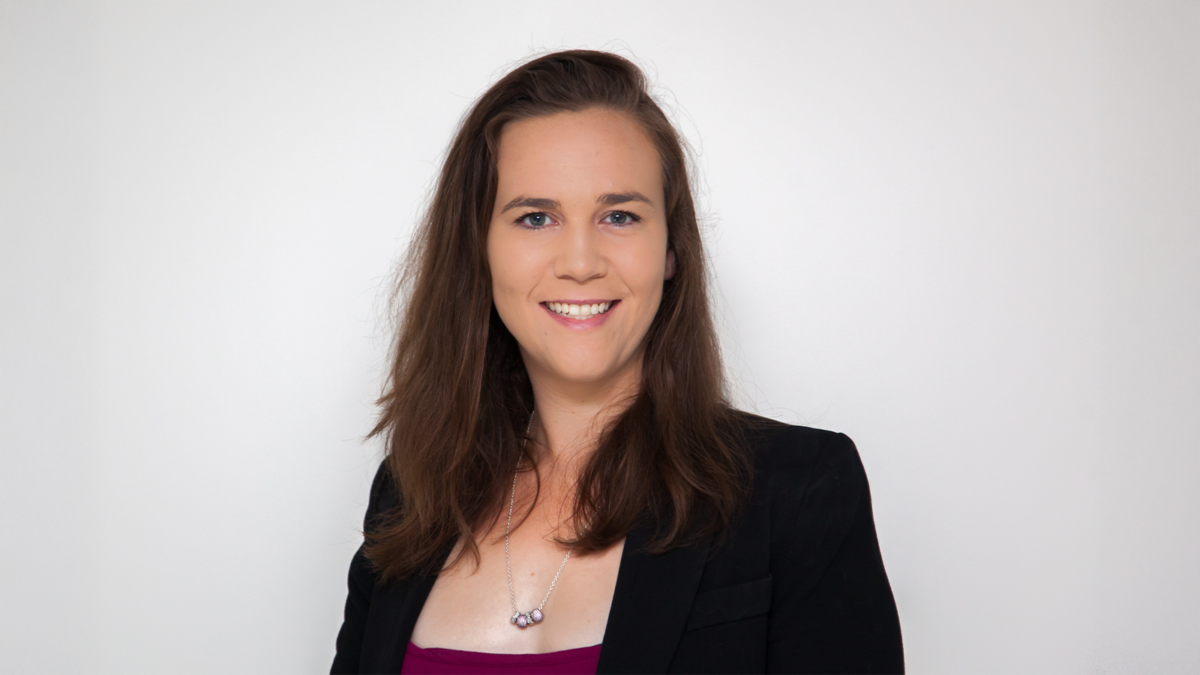US leads platform consolidation trend, with Australian advisers set to follow
The proportion of US advisers who have consolidated down to a single investment platform has more than doubled from 14 per cent to 30 per cent since 2020, indicating a long-term trend towards further consolidation according to Boston-based financial advice research outfit Cerulli Associates.
There are signs, too, that the trend could extend to Australia, with the 2024 AR Adviser Landscape Report highlighting an increasing willingness for advisers to switch platforms based on a number of increasingly homogenous factors.
The Cerulli US Managed Accounts Report 2024 shows that only 20 per cent of advisers now indicate “ongoing stasis” in a multi-platform environment, or a willingness to maintain multiple investment platforms across their client book – down from 32 per cent since 2020.
Even though the consolidation efforts are often slow and cumbersome – with the process averaging out at about two years according to US advisers – the cost and efficiency gains are crucial to practice margins.
“Given the near constant state of strategic priority reviews within wealth management organizations, it is critical that these platform development efforts remain a central element to avoid them being overlooked and having the platform fall years behind competitors’ offerings,” the report states.
The challenge of transferring an entire book of client assets to a single platform is a daunting one, which the two year process time attests to. Cerulli Associates reports that a “wide variety of factors” need to be balanced for the costs and feasibility of completing a consolidation project to map out, with three factors consistently standing out as most important.
“A single advisor login for all managed account portfolios (80 per cent), streamlined middle-office workflows (73 per cent), and a universal client investment contract (67 per cent),” the US researcher reveals. “Together these factors set the baseline expectation for development of a consolidated platform by creating a path of least resistance from the time advisors open their workstations through to account opening and portfolio implementation.”
Back home, the Adviser Ratings data shows that Australian advisers’ usage of platforms is “at an all-time high”, with 79 per cent of all funds under advice invested via platforms (rather than via brokers) in 2023, up from 77 per cent in 2022.
But as platforms have developed along with AI-fueled leaps in technology, the platforms that do everything such as CFS Edge, HUB24 and Netwealth (as opposed to niche platforms that act more as brokerage providers such as Selfwealth, Primary Markets) have become more homogenous, resulting in improved satisfaction levels and “fiercer competition”.
The end result? Australian advisers are increasingly looking for one, superior platform that can do it all and do it well. There are eight major drivers behind Australian advisers’ decision to switch platforms, Adviser Ratings explains, but they don’t necessarily match withe the priorities of US ‘advisors’.
“Pricing remains a crucial factor for advisers,” the Adviser Ratings report states. “Surprisingly, the role of BDMs (business development managers) in supporting advisers is also significant. Their product, industry, and competitor knowledge, along with ‘on-call’ technical assistance, are essential for advisers considering to stay or switch.”











